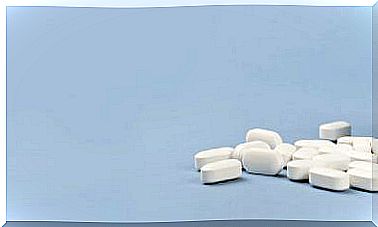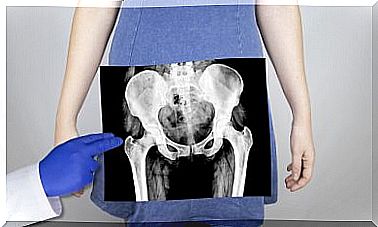Inguinal Hernia: Everything You Need To Know
Inguinal hernia is one of the most common pathologies in many people. In addition, his surgery is the most performed intervention in the health services.

Inguinal hernia is a health problem that affects many people. This consists of the exit of an intestinal loop through the inguinal canal.
If you want to discover some characteristics, the diagnosis and possible treatments of an inguinal hernia, this is your article. Take note of the information we provide you and do not hesitate to visit your doctor for specialized care.
What is an inguinal hernia?
In general, a hernia is a bulge that can be found both in the abdomen and in the groin. It occurs because there is a weakness or hole in the abdominal wall. Therefore, a hernia is the consequence of an internal irregularity in our body that manifests itself in the form of a bulge.
On the other hand, an inguinal hernia is called the exit of an intestinal loop –the jejunum or ileum– through the homonymous duct. There is a lot of types.
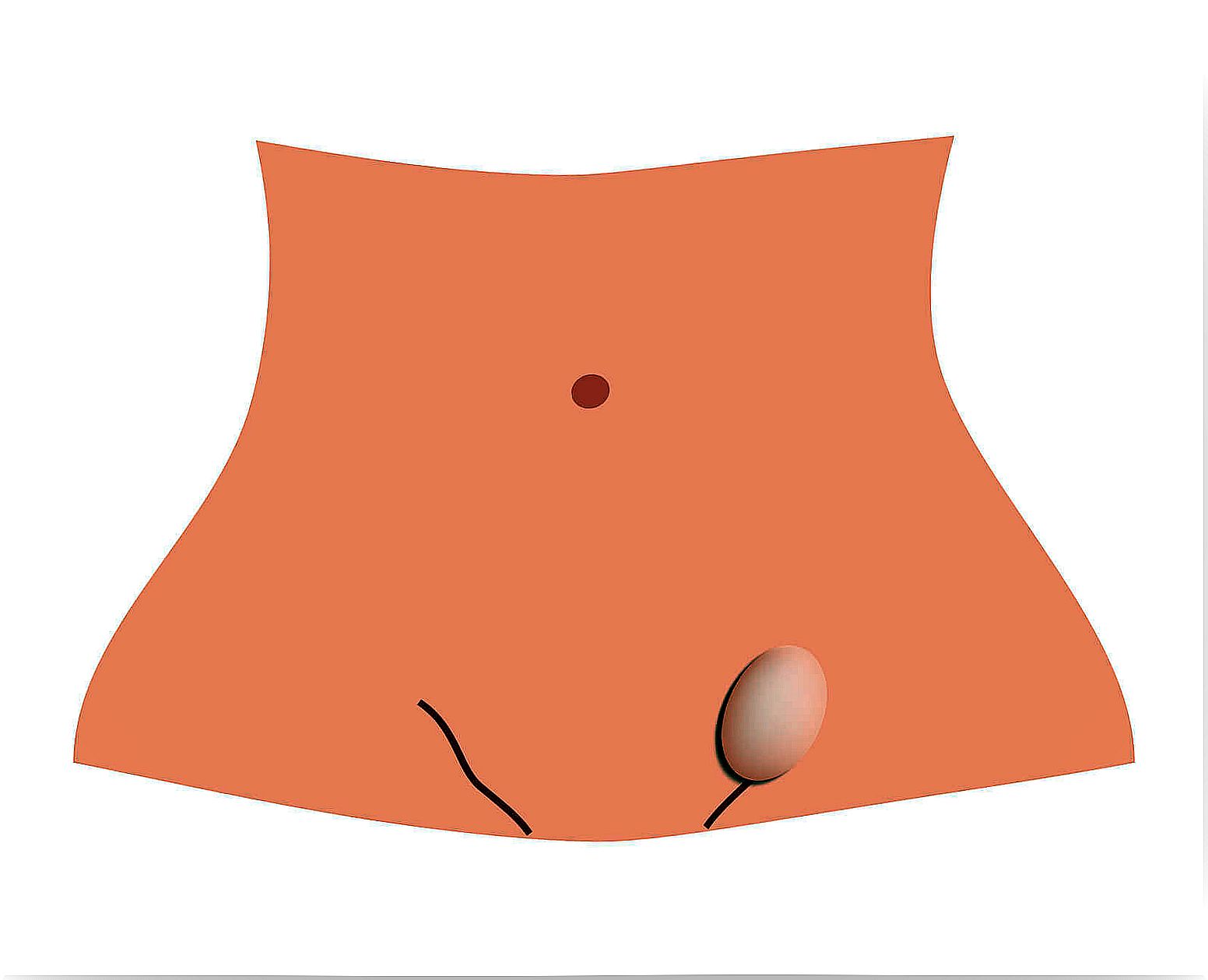
Types of inguinal hernias
- Congenital inguinal hernias appear in up to 30% of newborns and represent a surgical emergency. In these cases, they are usually related to the appearance of some anomaly during embryonic development.
- Acquired hernias typically affect adults. Most are usually the result of increased intra-abdominal pressure due to:
- Pregnancy.
- Diseases like COPD.
- Prostatism (effort made when urinating).
- Professions that require lifting heavy weights or tensing the abdominal muscles.
Also, the hernia can be encapsulated or non-encapsulated:
- Non-encapsulated hernias have the appearance of a mass that either manifests or increases in size with exertion. Thus, coughing or standing causes its size to increase, while decubitus (lying down) causes it to decrease.
- For its part, when the hernia is encapsulated it cannot be reduced manually.
Why do they appear in this location?
All types of hernias are found in relation to areas of “anatomical weakness”, that is, areas in which the anatomical walls are weaker. This is what happens to the anterior abdominal wall, which is much weaker than the posterior wall.
Other hernias of the abdominal wall

Inguinal hernia epidemiology
The inguinal hernia constitutes one of the most frequent surgical pathologies, together with the femoral (femoral) hernia. It is estimated that 1 in 30 adults will suffer from it at some point in their life.
However, inguinal hernia affects more men, while femoral hernia is typical of women.
His surgical intervention accounts for 15% of the total of those performed in General Surgery. This makes it the most frequent surgery in this service.
Likewise, hernias are the second most common cause of mechanical intestinal obstruction.
Classification of inguinal hernias
The classification of the inguinal hernia is carried out based on the relationship established by the intestinal loop with the elements that travel through the homonymous duct. In this way, it can be classified into:
Direct inguinal hernia
The intestinal loop crosses the floor of the inguinal canal, at the level of the triangle of Hesselbach. It is a region delimited by the transverse fascia and by aponeurotic fibers of the transverse abdominal muscle .
The contents descend medial to the epigastric artery and do not pass through the deep orifice of the inguinal canal. In addition, it is located behind the cremaster muscle, not included in its fibers . It is a common type of hernia in elderly people.
Indirect inguinal hernia
This type of hernia is the most common, both in men and women. The contents exit the abdominal cavity through the deep inguinal opening. In some men, the intestinal loop may enter the testicle, termed an inguinoscrotal hernia.
Symptoms
Generally, inguinal hernias produce mild symptoms unless they are complicated by strangulation or incarceration.
In most cases, patients wake up feeling fine. It is throughout the day when they begin to notice discomfort in relation to exertion, coughing …
Complications
Once the inguinal hernia has appeared, the following complications can occur in many patients:
- Incarceration. In these cases, the tumor is “trapped.” It cannot be reduced spontaneously or manually, but there is no vascular compromise (the intestinal loop is properly irrigated).
- Strangulation. Here the irrigation of the herniated loop is compromised, in the case of a surgical emergency. The intestine has little resistance to periods of ischemia, appearing a risk of necrosis.
When a hernia is complicated, reduction is impossible in both cases. In addition, the pain is usually very intense and fever may appear. Therefore, you have to go to a specialist immediately.
Diagnosis
The diagnosis of inguinal hernia is made through a simple physical examination, along with the medical history. In fact, in many cases the patient himself comes already knowing that he has a hernia.
Still, in all patients with abdominal pain it is important to perform an inspection of the groin. For the differential diagnosis, it is important to do it with other causes of acute abdomen.
Treatment
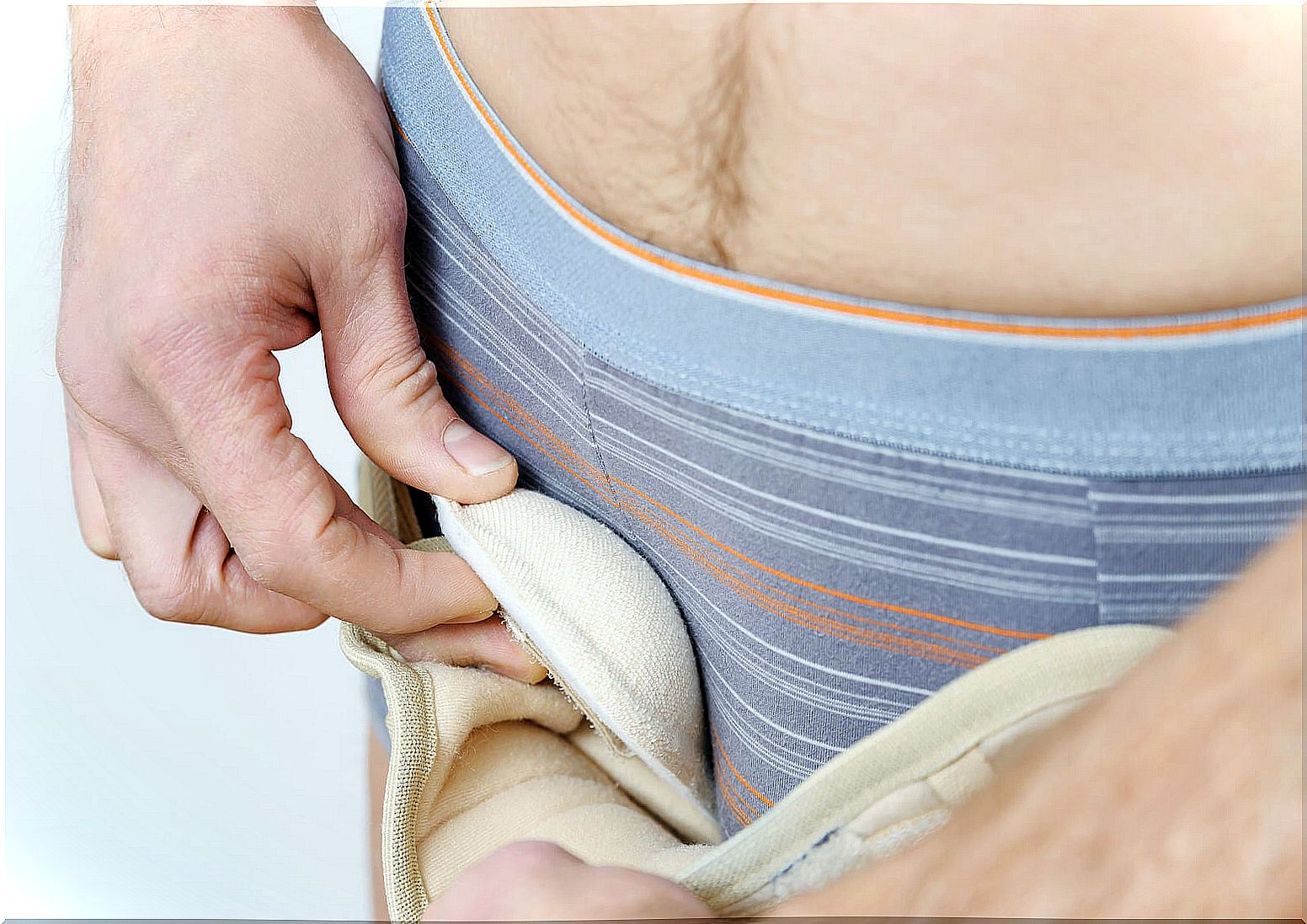
Objectives of the treatment
Surgical hernia repair is based on:
- Reintroduce the intestinal contents into the abdominal cavity, if possible without opening the peritoneum.
- Identify the aponeurotic edges.
- Close the defect that has caused the hernia.
Surgical treatment
Surgical treatment of inguinal hernia can be done either by open surgery or by laparoscopy.
The most widely used open surgery techniques today are hemiorrhaphy and hemioplasty.
- Hemiorrhaphy. It is an anatomical repair. That is, in this technique the patient’s own tissues are used to repair the hernia.
- Hemioplasty. It is a prosthetic repair. After reintroducing the intestinal material back into the abdominal cavity, a synthetic mesh is placed that reinforces its wall. Currently, this is the most common technique.
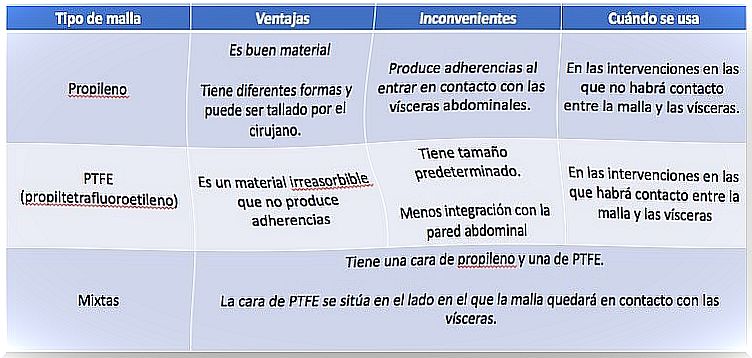
Minimally invasive inguinal hernia surgery offers both advantages and disadvantages over traditional techniques. In fact, it reduces postoperative pain and recovery time and allows for a more aesthetic result.
On the other hand, there is a higher rate of complications, both intraoperative and extraoperative. Furthermore, it increases the recurrence rate, has a higher cost, and the long-term results are unknown.
Recurrence
Recurrence is defined as ‘the appearance of a hernia in the same repair area’. Depending on the form of presentation, they can be classified as immediate or late.
Recurrence depends on a series of factors, some derived from the patient and others from the surgeon. Among these, age, the type of hernia and the existence of concomitant diseases stand out.
The dependents of the surgeon are inexperience, poor technique or an inappropriate indication. Therefore, once you have discovered what an inguinal hernia consists of, you should pay attention to its possible symptoms and visit a doctor in case you think you have this health problem.


